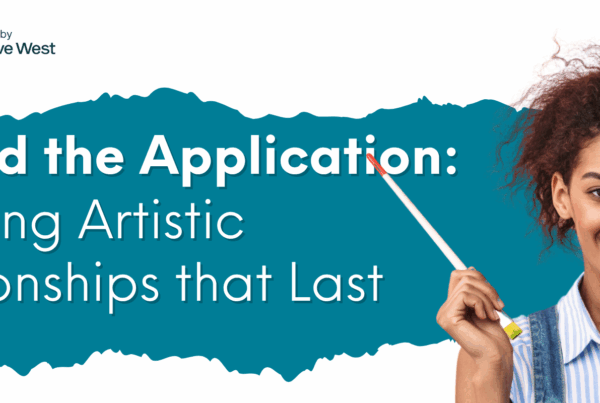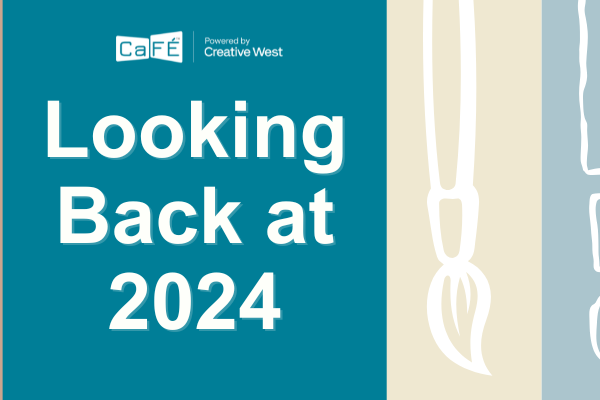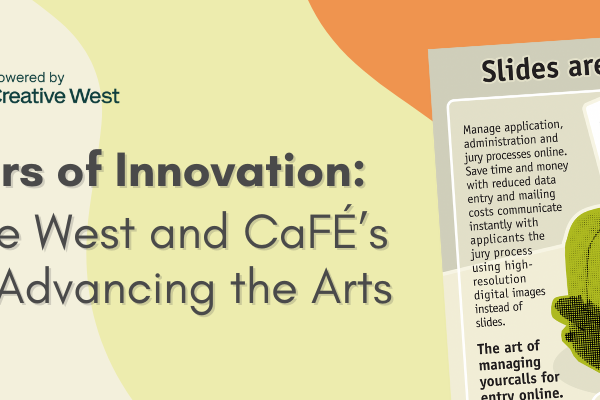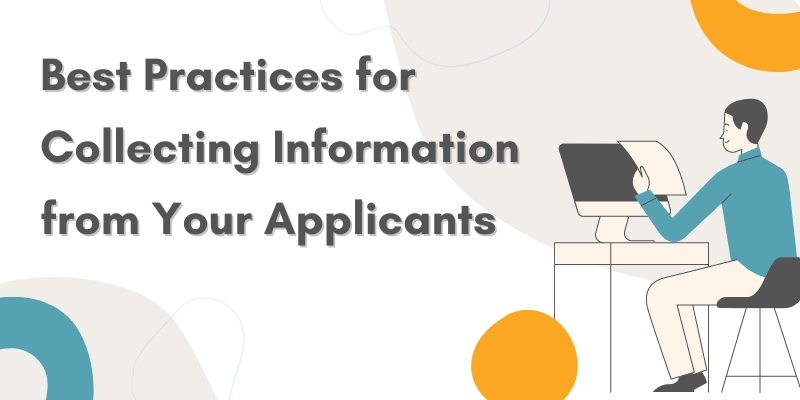
CaFÉ makes collecting information from applicants easy through its custom application builder. Coming up with what, exactly, to gather from them, however, is not always so simple. Since different calls for entry require different kinds of materials and information from applicants, the way you build your application can be crucial to getting what you need. Whether you only need to know about the artwork itself for an exhibition, or require more detailed answers from potential future artist residents, the application is a key component used in decision making. Therefore, the questions you ask—and how you ask them—is not something to take lightly. In this blog post, we share some best practices for building applications and collecting demographic data.
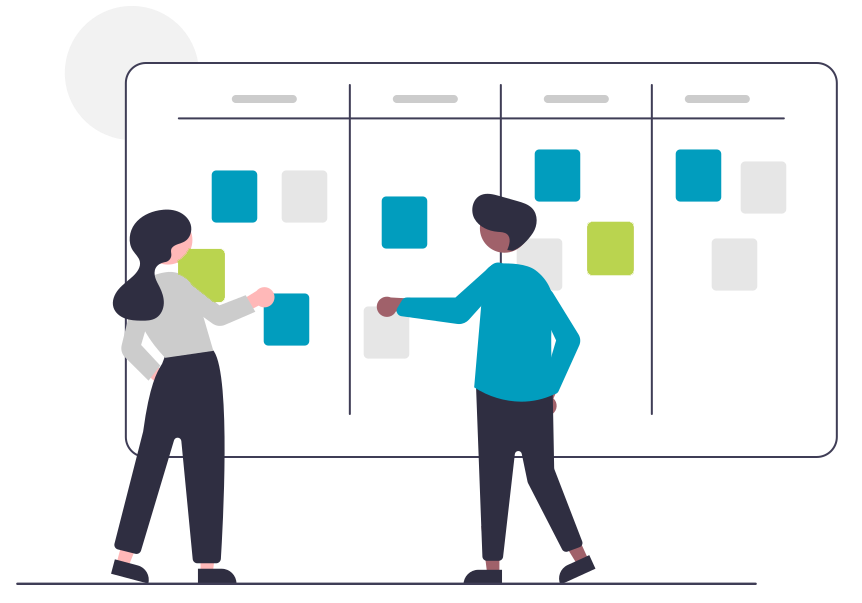
Starting with Intent
Before writing your questions, take a moment to think about what goals you have for your application. Do you only need basic information from the artists, or would you like to know more about their process and techniques? Perhaps you want personal stories from them to deepen your understanding of their artistic experience. Determining the intent behind what you’re asking will help to ensure you’re only asking the necessary questions.
Depending on the types of questions you ask your applicants, state your intent on the application form itself. Be as transparent as possible about how the applicant’s answers will be used, who will see their answers, and how it will inform decisions. Doing so may not be necessary for all calls for entry, but for applications that require more personal responses, transparency will help ensure a fair process for applicants.
Building an Application with Purpose
When it comes to building the application form, keep your intent in mind and only add questions that are aligned with your goals. In addition, consider the information that’s automatically collected in CaFÉ. The following is a list of artist and artwork information that will be entered by each applicant and included on every application:
Artist Information:
- First & Last Name
- Email Address
- Phone Number
- Mailing Address
- Website
Artwork Information:
- Title
- Medium
- Dimensions (Height, Width, Depth)
- Artwork for Sale: Yes/No
- Price/Value
- Year Completed
- Primary Discipline (optional)
- Art In Public Places: Yes/No (optional)
- Description (optional)

Build any additional questions you have for your applicants using the Custom Form Questions section of the Application Editor. As you write these questions, keep in mind the following three best practices to ensure every artist will be able to answer them:
1. Use a question type that makes sense for the question itself. For example, if you need applicants to upload their resume, opt for the File Upload over the Text Box question type so they can attach the PDF or document to their application and keep the original formatting of their resume. The Text Box question, on the other hand, is more appropriate for questions where you want an artist to type out their answers. Structuring your questions correctly is an important step for making sure nothing is inhibiting anyone from filling out your application.
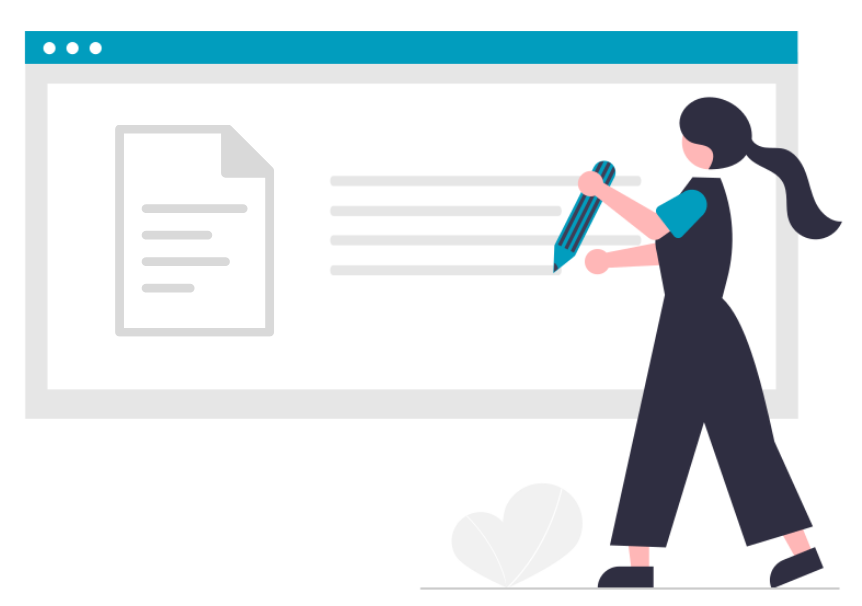
2. Phrase your questions to efficiently guide your applicants through the form. The questions themselves should be short, instructive and easy to understand. Refrain from ambiguous questions that may be interpreted differently by your applicants. Instead, be specific about what you are asking them to answer.
3. Consider the number of questions to include on your application. Some calls for entry require little to no additional information than what is already collected by CaFÉ; however, some may require more lengthy application forms that are necessary for the selection process. If your call belongs to the latter category, be aware of how the quantity of your questions may affect an applicant’s experience. Too many questions could cause fatigue from respondents, making them less likely to fully answer them. Find the balance between asking enough questions to get the information you need from your applicants without overwhelming them.
Tip: CaFÉ makes it easy to customize your application form. View our help guide, Call Setup – Application Editor, to find instructions on how to build your application.
Demographics Do's and Don'ts
Demographic information is not necessary for most calls for entry, but some applications—such as grants or artist residency applications—do need to ask artists to identify themselves in various demographic categories. If you do collect demographic information, follow these do’s and don’ts:
X Don’t ask questions that don’t align with your goals.
- Consider how the information will be used. Ask yourself why you are asking for demographic data and what you will do with it—internally and externally. If the information will not be acted upon, don’t ask for it.
✓ Do explain why you are collecting such information.
- Express the reasons why demographic data is important to your organization or call.
X Don’t collect personal private information on CaFÉ.
- This includes information such as passwords, financial information, medical records, student records, etc. Such materials should not be collected on CaFÉ out of respect for privacy concerns. If absolutely necessary, take extra care to ensure such information is collected and stored securely.
✓ Do choose the appropriate question type and phrasing for your question.
- Consider how to ask demographic questions in a way that is inclusive and respectful.
X Don’t forget to add an “Other” or “Prefer not to answer” option to questions.
- This allows the respondent to self-select they do not identify with any options listed, or abstain from answering all together.
✓ Do make questions optional.
X Don’t ask too many questions.
- Too many questions causes survey fatigue and may result in respondents inaccurately answering questions.
X Don’t offer incomplete, inaccurate, or offensive checkbox options.
It’s important to note that the methods for collecting demographic data can often change as more inclusive and accessible practices are put into place. While gathering this information may be important for your organization, research and revisit your methods to ensure you are staying up to date with what is recommended.
With these best practices, you will be well equipped to collect applicant information in a way that’s fair and efficient. If you aren’t already using CaFÉ to collect and manage submissions, see how you can create calls with customizable application forms by scheduling a demo today!
Written by Communications Coordinator Justine Chapel

